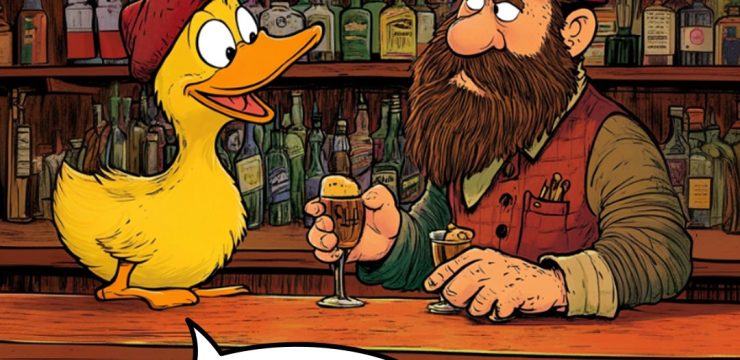At first glance, the image seems perfectly normal—a person standing confidently on the moon, surrounded by the vast beauty of space. But wait… something feels off. If you pay close attention, you’ll notice a glaring inconsistency that defies logic.
Take a closer look. Did you spot it yet? If not, don’t worry. We’re about to break down the mystery and explain exactly what’s wrong with this puzzling image.

The Key Mistake: Two Moons in One Scene
The person in the image is depicted standing on the moon’s surface, surrounded by a stunning space backdrop. However, there’s one glaring issue: there’s another moon visible in the sky above him.
This mistake creates an impossible scenario. If he’s already on the moon, how can there be another moon in the sky? It’s a classic visual oversight, but it’s one that can trick even the sharpest observers at first glance.
Why This Optical Mistake Is So Confusing
Our brains are wired to process images quickly, and sometimes, we miss obvious inconsistencies. In this case, the image is visually striking, with the moon’s surface and the background space scene drawing your attention.
Here’s why this illusion works so effectively:
- Focus on the Foreground: Your eyes are naturally drawn to the person standing on the moon.
- Familiar Visuals: The moon and space are such familiar images that our brains initially accept them without question.
- Overlooked Details: The sky above seems normal at first glance, so the extra moon doesn’t immediately register as an issue.
It’s only when you pause and really analyze the image that the mistake jumps out at you.
The Science Behind How Our Brains Process Images
This visual error highlights how easily our brains can overlook inconsistencies in complex images. Psychologists explain this phenomenon as “inattentional blindness,” where we fail to notice something obvious because our attention is focused elsewhere.
How It Happens:
- Selective Attention: Our brains focus on what seems most important (the person on the moon) and ignore smaller details (the second moon).
- Familiar Context: The setting of space and the moon feels so natural that we automatically accept it as correct.
- Delayed Recognition: It takes a second look—or sometimes a hint—to spot the error.
These factors combine to make this illusion a perfect example of how our perception isn’t always as sharp as we think.
Why We Love Spot-the-Mistake Challenges
Puzzles like these aren’t just entertaining—they’re also great for your brain. Here’s why:
- Boosts Observation Skills: You learn to pay closer attention to details.
- Improves Focus: Solving these puzzles requires concentration and patience.
- Encourages Critical Thinking: You’re forced to question what you see rather than accepting it at face value.
- Fun for All Ages: Whether you’re solving it alone or with friends, these puzzles offer lighthearted fun and a rewarding “aha!” moment.
Did You Spot the Mistake Instantly?
So, how did you do? Did you notice the second moon immediately, or did it take you a moment to spot the inconsistency?
These types of puzzles remind us that even the most obvious mistakes can sometimes slip past us when we’re not paying close attention.
If you enjoyed this visual brain teaser, share it with your friends and family to see if they can spot the error faster than you did.
The Takeaway: Look Closer, Think Deeper
This moon illusion is a simple yet powerful reminder that our perception isn’t always reliable. Sometimes, we need to pause, take a closer look, and question what we see.
So next time you encounter a puzzling image like this one, slow down, analyze the details, and let your observation skills shine.
After all, whether it’s spotting a second moon or solving a complex brain teaser, every puzzle sharpens your mind and keeps your brain engaged.





